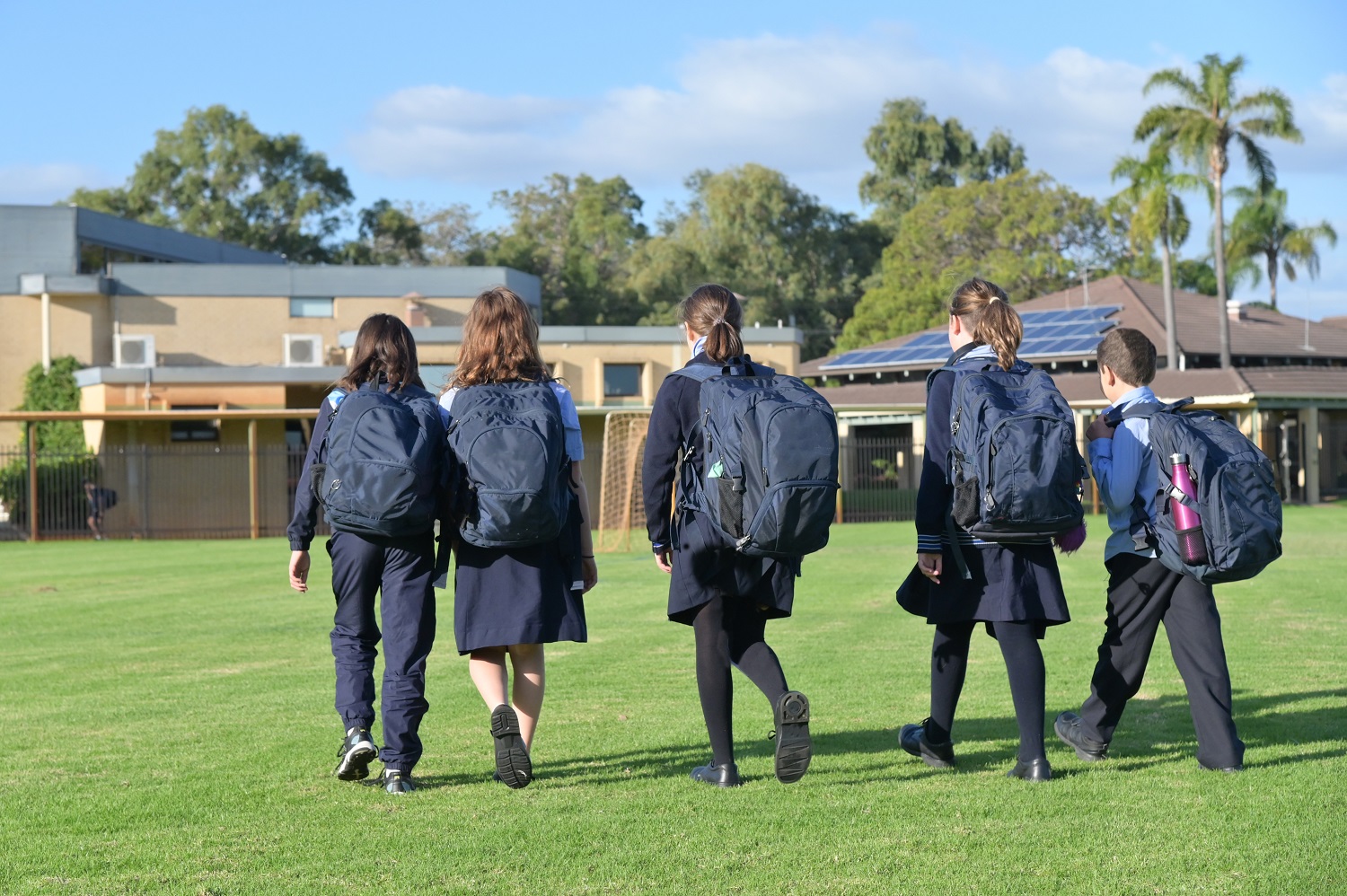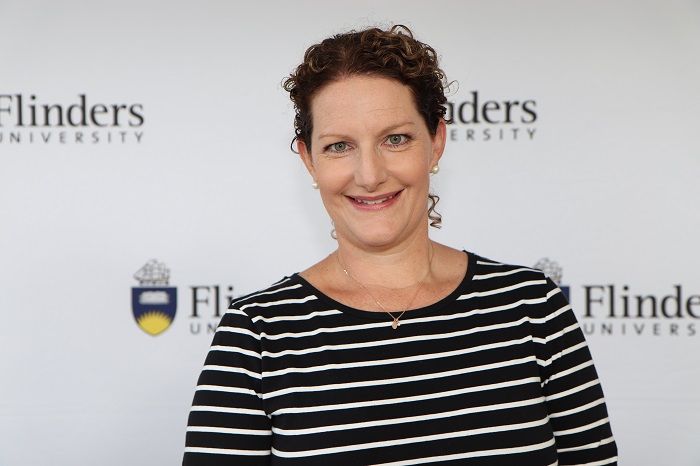
Researchers hope a trial of Australian-first screen time and physical activity guidelines for children in Outside School Hours Care (OSHC) will eventually be rolled out nationwide.
Flinders University Associate Professor Lucy Lewis, a member of the Caring Futures Institute, says healthy lifestyle habits need to start early.
“The majority of Australian children don’t meet the current physical activity guidelines, and many are exposed to screens for too many hours each day,” she says.
“The more time kids spend on screens and the less physical activity they do increases the risk of childhood obesity.”
Around 500,000 Australian children attend OSHC centres each week, with that number predicted to grow, providing an opportunity to address the problem and improve long term health outcomes.
“We’ve found there is no consistency between centres or even different sessions within the same centre on the opportunities children are provided to be physically active or how long they are exposed to screens,” she says.
Associate Professor Lewis and Dr Rachel Milte, also a member of the Caring Futures Institute, joined an international research team which surveyed experts and stakeholders from health, education, academia, government and the OSHC sectors about their experiences of children’s physical activity and screen time in OSHC settings.

Associate Professor Lewis says the team found there were no specific guidelines for Australia that had been developed rigorously using a scientific approach.
“There was a real need for clear guidance,” she says.
The research team and industry representatives from National Outside School Hours Services Alliance (NOSHSA) used the findings of the survey to develop guidelines for Australian OSHC centres.
The final guidelines form recommendations for programming for OSHC directors, with practical elements to help with their implementation.
Directors are advised to broadly discourage engaging with screens for recreational purposes, with no more than 30 minutes of screen time for children attending before school care and 60 minutes for those in after school care.
To get kids moving, programming of 45 minutes before school and 90 minutes after school for physical activity is recommended.
“We’re aware not all centres will have the same equipment or space, so it’s not a one-size-fits-all approach,” Associate Professor Lewis says.
“It’s about providing opportunity for play.”
Those guidelines will be put to the test in the first quarter of 2022, with the research team successful in gaining funding from the Medical Research Future Fund and National Health and Medical Research Council to conduct a multi-site effectiveness trial across SA, NSW and WA.
162 OSHC services, reaching around 15,000 children, will be involved.
“We’ve been really engaged with industry and education departments to try and find the right balance,” Associate Professor Lewis says.
A further dissemination study will be conducted to assess the viability of implementing the guidelines nationwide, potentially benefitting hundreds of thousands of children in years to come.

